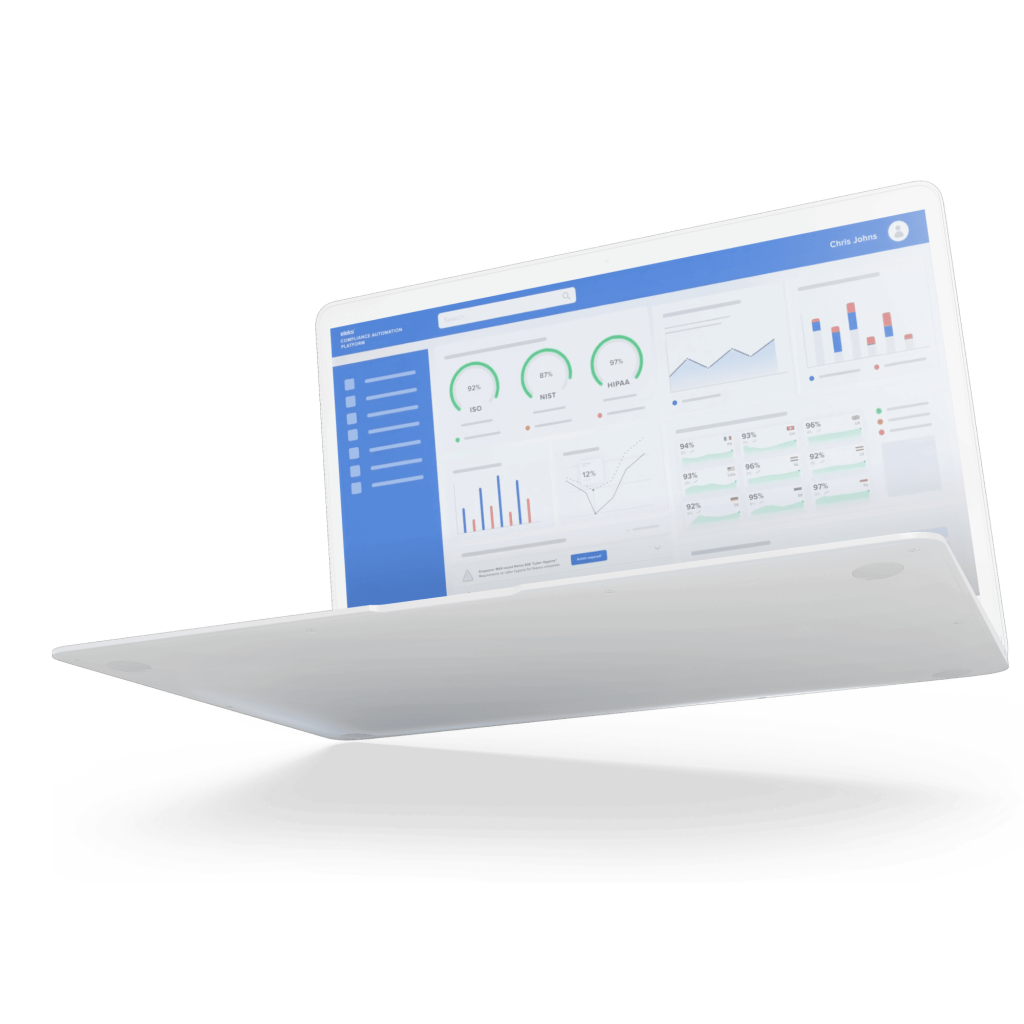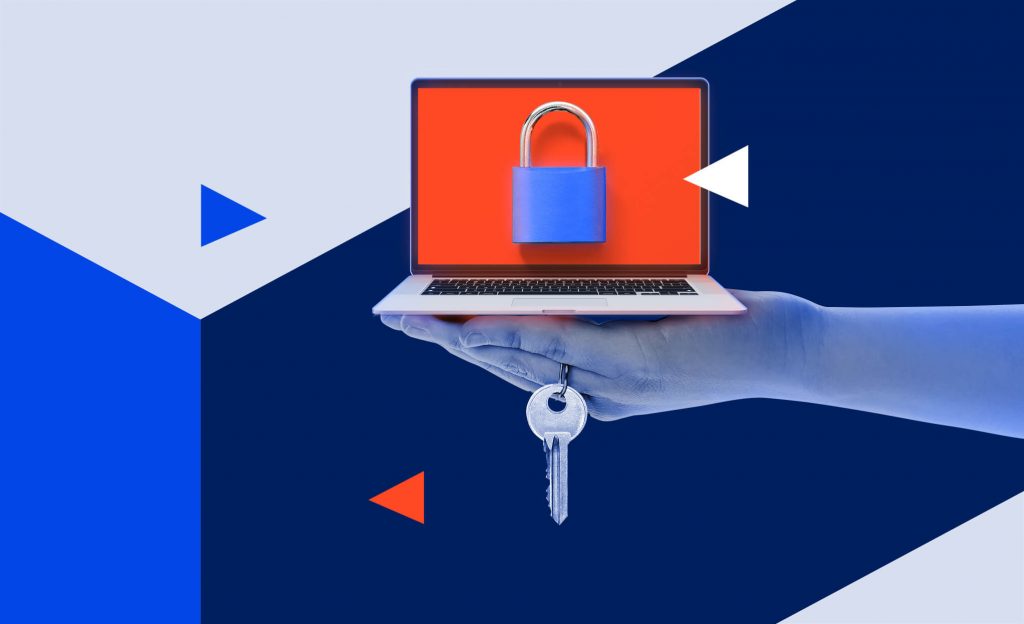In this article, we will discuss the current cyber threat landscape and its impact on businesses. Then, we'll explore practical solutions to address and reduce these risks.
Understanding the scope of cyber threats
These numbers highlight the scale of the problem and emphasise the urgent need for robust cybersecurity services and measures to safeguard against such threats. The scope of these threats is vast and ever-evolving, encompassing a wide range of tactics and motivations. By understanding the scope of cyber threats, we can better protect ourselves and our information.
The impact on businesses
The prevalence of cyber threats is staggering, with countless incidents occurring worldwide on a daily basis. No organisation is immune to cyber threats regardless of its size or industry. A total of 11% of businesses have experienced cybercrime in the last 12 months, with the numbers rising to 26 per cent for medium businesses and a staggering 37% for large companies.
These figures paint a concerning picture. The consequences of cybercrime extend beyond financial loss, often resulting in reputational damage, operational disruptions, and loss of customer trust.
Company management needs to clearly understand that cyber security should be one of the elements in the company's overall strategy, as local tactical steps in information security create a deceptive vision of protection.

The cost of cybercrime
Aside from the immediate impact on businesses, the financial repercussions of cybercrime are substantial. The average annual cost of cybercrime for businesses is estimated at approximately £15,300 per victim. This cost includes expenses related to incident response, recovery, legal proceedings, and potential regulatory fines.
For smaller organisations, such costs can be crippling, leading to significant setbacks and potentially even closure. Businesses must prioritise cybersecurity and allocate adequate resources to protect themselves from these financial burdens.
Cybercriminals are constantly finding new ways to exploit vulnerabilities and breach data security systems. However, to reduce exposure to cyber threats, companies must be aware of common risks and bolster their security measures to prevent potential breaches.

Major cyber threats and vulnerabilities
1. Social engineering
Social engineering involves manipulating individuals into divulging confidential information or installing malware. According to ISACA, it ranks among the most prevalent cyber threats, manifesting in various forms.
Phishing is a method wherein hackers masquerade as trusted entities, often using legitimate logos and names. They send deceptive emails to individuals, soliciting actions such as verifying personal details or providing credit card information or login credentials. Other forms of phishing include:
- Vishing, or voice phishing: Exploiting phone calls to extract sensitive data.
- Smishing, or SMS phishing: Manipulating text messages for illicit gains.
- URL phishing: Embedding malicious URLs to deceive victims.
- Baiting: Offering enticing rewards or using USB drives loaded with malware.
2. Malware
Malware encompasses malicious software or code exploiting vulnerabilities to breach organisational networks, compromising security systems and gaining access to sensitive data. There are several variations of malware. Here are some common:
- Ransomware: Blocks user data, demanding ransom to restore access.
- Viruses: Infects systems to profit, convey political messages, or sabotage.
- Trojans: Conceals within useful programs, creating backdoors for unauthorised access.
- Spyware: Collects personal data for blackmail or further exploitation.
3. Man-in-the-Middle (MITM) attack
A MITM attack intercepts communications between two parties. For instance, exploiting vulnerabilities in public Wi-Fi networks allows hackers to eavesdrop on shared information.
4. Denial of Service (DoS) attack
This disrupts normal network traffic by overwhelming it, rendering it unresponsive. Attackers may demand ransom or aim to disrupt operations. A Distributed Denial of Service (DDoS) attack targets multiple devices simultaneously.
Another type of DDoS attack called Domain Name System (DNS) attack which exploits DNS server vulnerabilities, redirecting users to malicious sites upon accessing seemingly trusted addresses.
5. Cloud breach
As organisations adopt cloud-based systems, hackers exploit deployment weaknesses and misconfigurations to access and steal assets and sensitive data.
5. Supply chain attack
Supply chain attacks are a significant threat to organisations. In these attacks, hackers take advantage of vulnerabilities in third-party suppliers or partners to gain access to target systems. Recent incidents have shown that attackers are increasingly targeting trusted suppliers to breach organisations' defenses and carry out sophisticated cybercrimes. This highlights the importance of protecting not only your own systems but also those of your suppliers and partners.
Addressing emerging threats
Management must understand that the organisation's cyber security must be comprehensive and include organisational and technical measures. Risk assessment and business impact analysis are the prerequisites for implementing a comprehensive approach to information security. Local security measures without a thorough understanding of the problem, while better than nothing, will not provide proper safety.

To effectively combat emerging cyber threats, you must adopt a proactive approach to cybersecurity. Here are some key measures that you can implement to enhance protection and safeguard your business, employees, and customer:
- Robust risk assessment: Cybersecurity is not one-size-fits-all. Regular risk assessments allow you to identify vulnerabilities and develop tailored cybersecurity strategies. You can then implement targeted controls and preventive measures tailored to meet the unique needs of your industry and organisation.
- Employee education: People are often the weakest link in the cybersecurity chain—human error is a significant contributor in up to 95 per cent of successful attacks. Educating employees about best practices, such as strong password management, recognising phishing attempts, and exercising caution when sharing sensitive information, can significantly reduce the risk of successful cyber attacks.
- Multi-factor authentication (MFA): Adopting MFA adds an extra layer of security by requiring multiple verification forms before granting access to sensitive systems or data. This helps to mitigate the risk of unauthorised access, even if passwords are compromised.
- Regular software updates and patching: Cybercriminals exploit vulnerabilities in outdated software to gain unauthorised access. Keeping software updated with the latest security patches ensures that known vulnerabilities are mitigated, reducing the attack surface.
- Cybersecurity partnerships: Collaborating with reputable cybersecurity service providers can offer businesses access to expertise, technologies, and threat intelligence that may not be available in-house. These partnerships can help organisations stay ahead of emerging threats and respond effectively to cyber incidents.
Conquer cybersecurity threats in your business
As the digital age continues to evolve, so do the threats that accompany it. Cybersecurity has become a critical concern for businesses of all sizes, with the potential for devastating financial and reputational consequences.
The best mechanisms for achieving the company's cyber security are implementing international standards requirements and fulfilling industry regulatory requirements for information security, among others.

Prioritising cybersecurity is not only an investment in protecting sensitive data and operations but also in safeguarding the trust and loyalty of customers. In this era of constant connectivity, the resilience of our digital infrastructure depends on our collective commitment to cybersecurity.
A cyber threat refers to any malicious act or activity that attempts to gain unauthorized access to computer systems, networks, or data with the intent of causing disruption, damage, or stealing information. Cyber threats can encompass a wide range of activities and can be launched by individuals or groups with varying motivations, such as financial gain, espionage, activism, or simply causing chaos.
Businesses should adhere to specific regulatory frameworks and compliance standards to enhance cybersecurity. Key standards like ISO/IEC 27001 provide guidelines for establishing, implementing, maintaining, and continuously improving an information security management system (ISMS). Other regulations such as GDPR (General Data Protection Regulation) in the EU or HIPAA (Health Insurance Portability and Accountability Act) in the US mandate specific data protection measures and breach notification requirements. Adhering to these standards not only helps in compliance but also strengthens cybersecurity practices by setting clear guidelines and best practices.
Related Insights

















